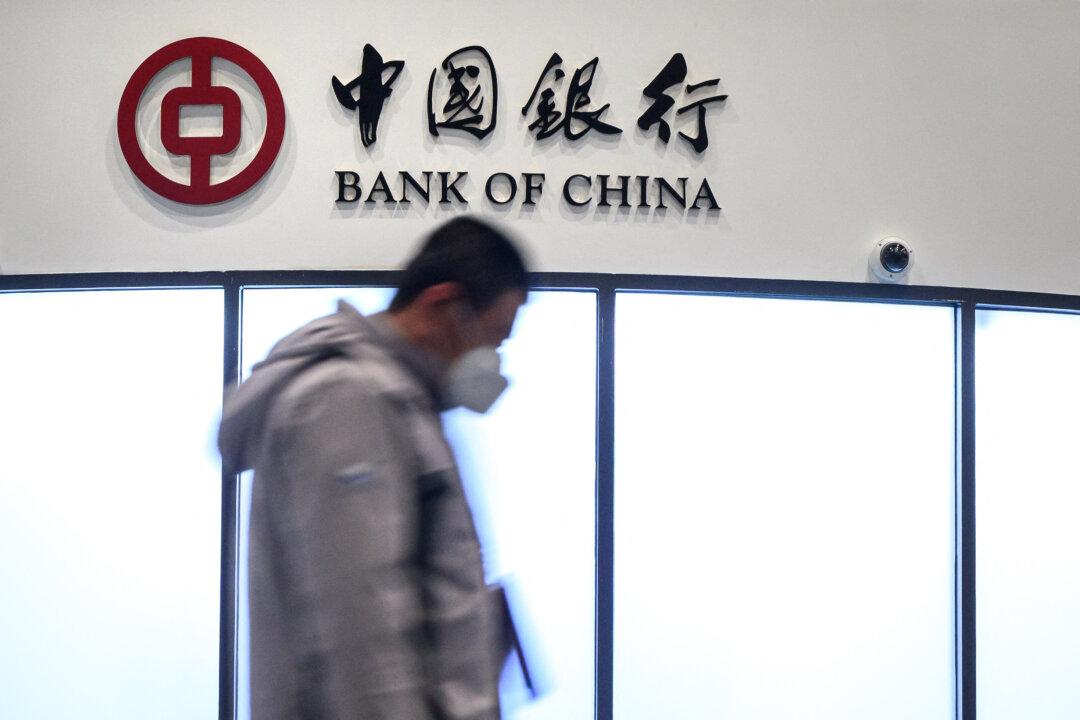In September, Swedish furniture retailer Ikea quietly snapped up TaskRabbit in a bid to transform its longstanding retail model.
TaskRabbit was an early pioneer of the “gig economy,” the industry of on-demand services. Using a smartphone app, TaskRabbit customers could summon contractors—“taskers”—to perform a variety of one-time services, such as housecleaning or furniture assembly, one of the most sought-after tasks on the site. Given that nearly all of Ikea’s furniture offerings require self-assembly, the acquisition seems to be immediately synergistic.





